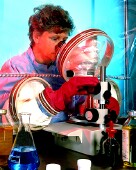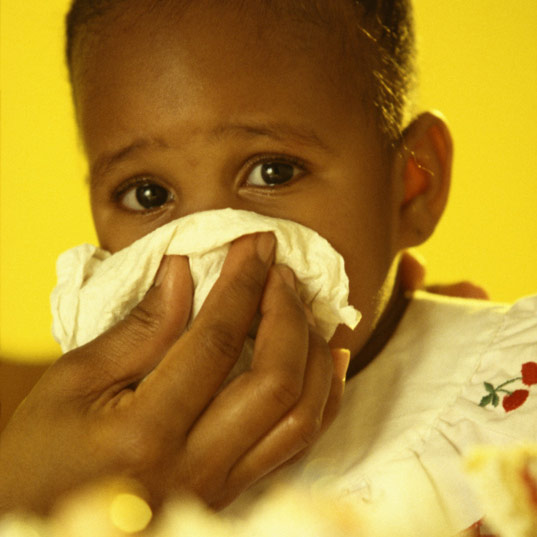
THURSDAY, March 25 (HealthDay News) — Curcumin — a component of the Indian spice turmeric — may delay the inflammation-related liver damage that leads to cirrhosis, according to a new study in the journal Gut.
Another study in the same issue of the journal found that hair dye and smoking are linked to progressive liver disease.
In the first study, researchers analyzed tissue and blood samples from mice with chronic liver inflammation before and after curcumin was added to the rodents’ diet for a period of four and eight weeks.
Consuming curcumin significantly reduced bile duct blockage and curbed liver cell damage and liver scarring (fibrosis). Curcumin interferes with several chemical signaling pathways involved in the inflammatory process, said Michael Trauner, of Medical University in Graz, Austria, and colleagues.
The benefits were seen at both four weeks and eight weeks. No such effects were noted in mice with chronic liver inflammation that were fed a normal diet. The findings suggest that curcumin may offer a promising treatment for liver inflammation, the researchers said.
They noted that the current treatment for inflammatory liver disease is ursodeoxycholic acid, but the long-term effects of this therapy aren’t clear. The other alternative is liver transplant.
In the second study, British researchers sent questionnaires to thousands of patients with primary biliary cirrhosis (PBC), an early form of liver cirrhosis. In people with PBC, the liver’s bile ducts become inflamed, scarred and blocked, resulting in extensive tissue damage and liver cirrhosis. It’s believed that environmental factors play a role in PBC.
The questionnaire asked participants about exposure to potential environmental and genetic risk factors associated with primary biliary cirrhosis. The responses showed that autoimmune diseases such as rheumatoid arthritis, thyroid and celiac diseases were all more common among patients with PBC. The researchers also found that people with a family history of autoimmune disease were more likely to have PBC. Psoriasis, urinary infection and shingles also significantly increased the likelihood of having the condition.
Compared to the general population, people with primary biliary cirrhosis were 63 percent more likely to have smoked at some point in their lives and to have started smoking before being diagnosed with PBC.
Women who used hair dye were 37 percent more likely to develop PBC than women who didn’t use hair dye. Previous research has suggested a link between PBC and chemicals in cosmetics, particularly octynoic acid, which is found in hair dye and nail polish.
More information
The U.S. National Institute of Diabetes and Digestive and Kidney Diseases has more about liver cirrhosis.

